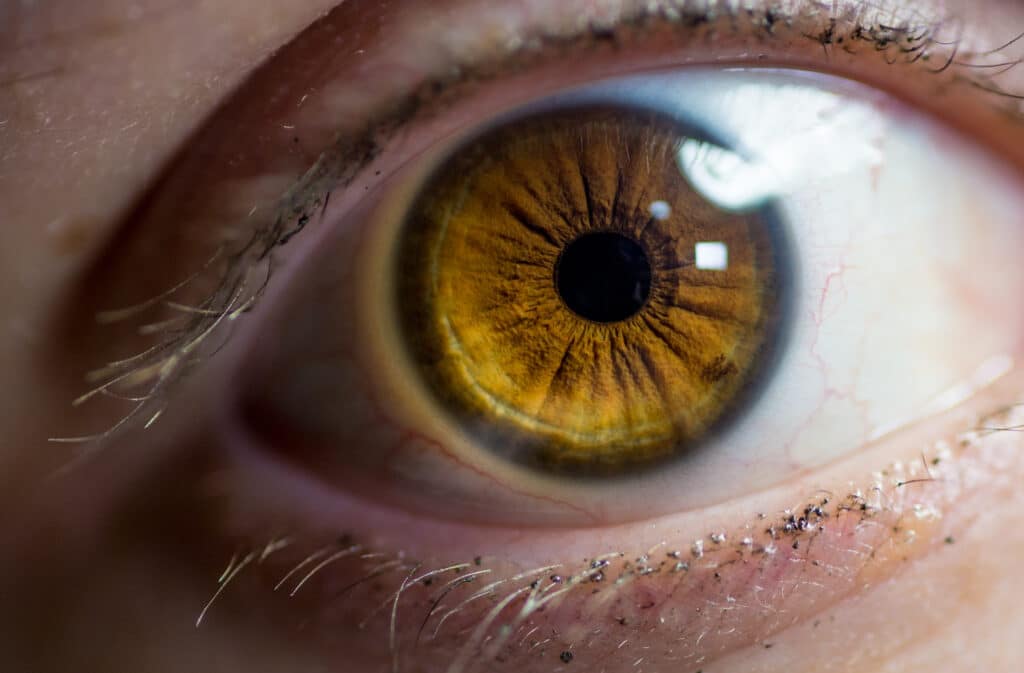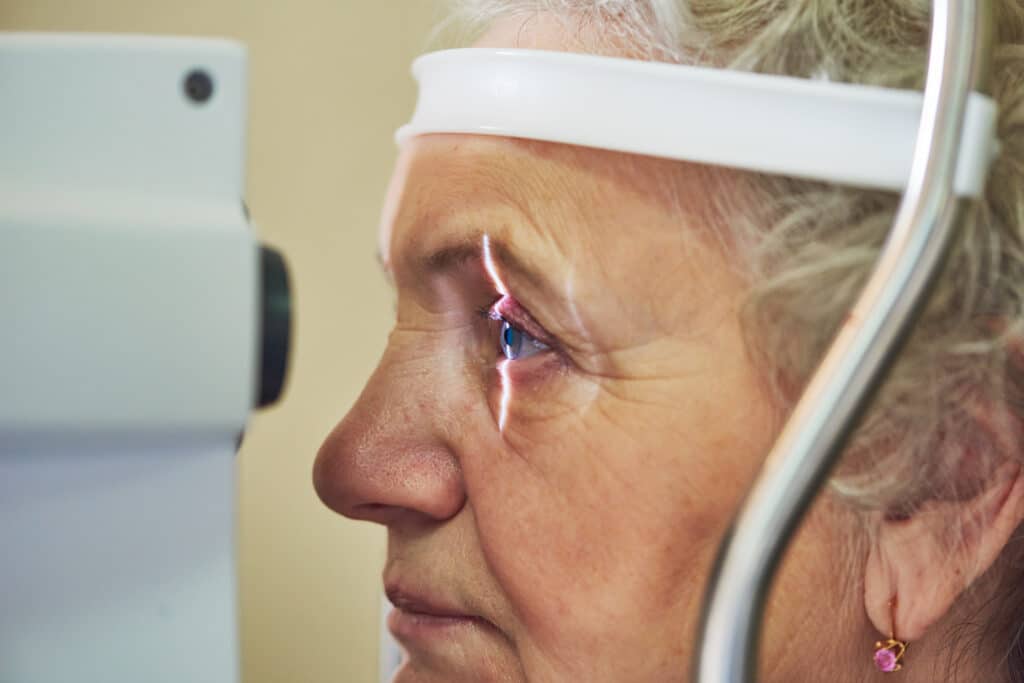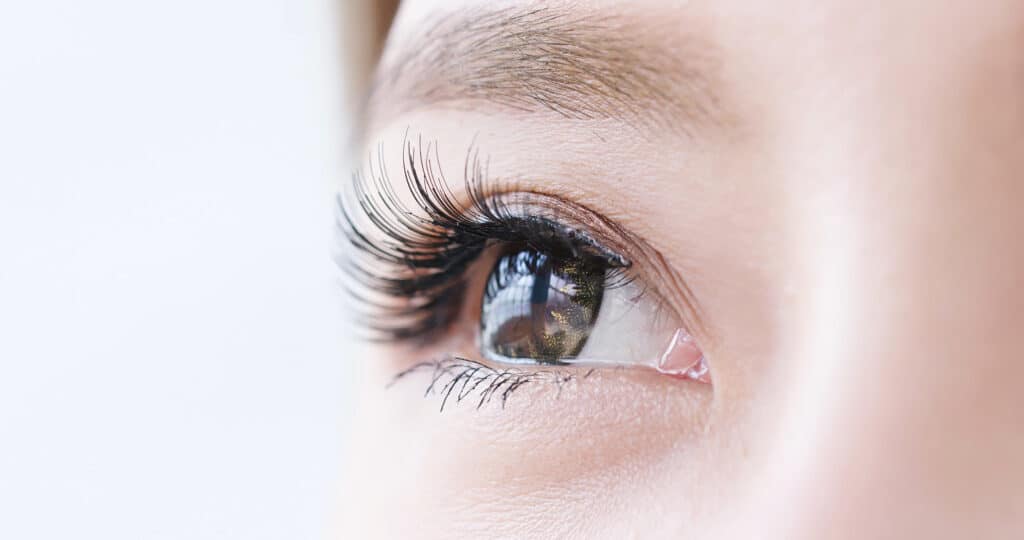Laser Eye Surgery Results: What to Expect?
February 20, 2024
Millions of people rely on glasses and contact lenses to see clearly. Many of them can limit or even eliminate the need for these corrective lenses. Laser eye surgery changes the angle of light as it enters your eye to provide sharp, clear vision that lets you enjoy your activities with more freedom.

What is Laser Eye Surgery?
There are several types of laser eye surgery. They are used to correct refractive errors such as nearsightedness, farsightedness, and astigmatism. These errors occur when light passing through your cornea and lens into your eye does not focus correctly. Changing the shape of your cornea can alter the angle of light so it falls on the retina and creates a clear image.
Laser Eye Surgery Results: What to Expect
Laser eye surgery has an excellent success rate, and many people achieve 20/20 vision or even better. Some will no longer need corrective lenses, while others may still need them for certain tasks.
Your vision will be blurry immediately after the procedure but starts to stabilize within a day or two. Most people return to their usual activities within a few days. Your vision will continue to stabilize and improve for a few weeks
Laser eye surgery results are long-lasting, with many people enjoying their benefits for a decade or more. However, your eyes will continue to change over time. In addition, aging eyes develop conditions like presbyopia (difficulty seeing up close and the main reason many people over 40 need reading glasses) and cataracts, which cause gradual, progressive vision loss. Both conditions are easily treatable.
Request a Consultation
The Path to Clearer Vision Starts Here
How Does Laser Eye Surgery Work?
Each type of laser eye surgery works differently, allowing your Heart of Texas eye surgeon to choose the best one for your needs.
LASIK
LASIK is the most widely performed type of laser eye surgery. It works by using a laser to create a flap on the outer surface of your cornea. Your eye surgeon lifts the flap aside and uses a laser to remove microscopic layers of your cornea until the desired shape is achieved. It is suitable for many people but not everyone.
SMILE
SMILE uses a laser that targets the middle layers of the cornea, creating a small disc of corneal tissue. The eye surgeon then creates a tiny (4-6mm) incision in the corneal surface and extracts the disc, changing the shape of your cornea. This small incision disrupts the cornea and eye nerves less than LASIK
PRK
This procedure, which is an option for people who cannot have other types of laser eye surgery, removes the entire outer layer (epithelium) of the cornea before performing the laser reshaping. This layer will regrow completely, although it takes longer to recover than other types of laser eye surgery.
Take the Next Step
If you’d like to learn more about laser eye surgery, schedule a consultation with our Heart of Texas Eye Care team, serving Dripping Springs, Austin, Kyle, Bee Cave, Marble Falls, and other surrounding areas. Contact us at (512) 213-2220 today!
*Individual results may vary


